Aprilia MilleR Factory Track Test - Motorcycle.com
I had a magic moment on the RSV 1000 Erre Factory, oh yes. Drilling through the never-ending, 180-degree downhill Bucine turn, I suddenly realized that I was holding the whole plot with my fingertips. Leaned way over, eyes locked on the turn's exit, I grasped the fact that I wasn't
"Try to avoid crashing into hard, unmovable objects, such as the planet Earth"gripping the handlebars at all but was rather caressing them, letting the RSV's front end talk to me: "Do you want to tighten up your line mister? Just press the inner handlebar by another 56 grams please. Want to exit nearer the curb? Just release about 105 grams of pressure from the outer handlebar". A nice dialog to be had while you are on your tire's edges, feeling for the last vestiges of traction at 85 mph -- and not one I could recall having on many other rides. So, MOFOs, forget all the Burns-esque heroic tales of valor about powering out of turns with smoking tires on a GSX-R1000, the RSV is into a different type of game: Finesse with capital F, an annihilating finesse that is. The point did not get lost on Aprilia's PR guys. Motto of the New RSV launch was "one second less", meaning that Aprilia testers achieved, on a variety of tracks, lap times that were faster by about one second than the previous model's. Seemingly an honest understatement, less so when you consider the fact that the previous incarnation of the RSV has previously won the coveted "Master Bike" mega sport bike comparo. This year it was second at that test only to the all-mighty Suzook GSXR1000 by about 0.2 of a second.
The unmoral discrimination between normal RSV and R models power outputs is a thing of the past. In fact, Aprilia thinks that the regular model is now fast enough to be called the "R", whereas the Ohlins suspended/radial
The counter balanced twin claims now produce to a healthy 138 hp at the crank, which is right up there with the S spec 999. Breathing is also helped by the new and tricky, through-the-headstock, central ram-air induction. This is not just a dumb duct but has smug and smart features such as an engine vacuum controlled flapper valve that regulates airflow into the airbox
Being a freelance designer, Martin Longmore might not be as well known as Tamburini or Treblanche but he has a serious track record having designed the first series BMW 650 GS, the R1200C, the Aprilia Falco and even BMW's Desmodromic boxer racer prototype, the R1, in the early 90's.
So what was your starting point with the second generation RSV?
ML: We started very early after the first RSV's launch, in 99'. Aprilia came up with a list of things to be improved, things to be evolved and we tried to keep the design DNA of the first model. We also wanted to get away from the down-pointing wedge paradigm that is so strong in sport motorcycle design since the 90's. A motorcycle moves horizontally and I preferred to develop a design language around that motion, more like a javelin thrown forward, not down.
ML: Well, some people like to wear expensive jewelry, watches, what I like to wear are finely detailed motorcycles!
At this point Martin drags me to a naked bike and starts shooting.
ML: Knock at the frame spars with your knuckles. See how quiet it is? These folds in the frame side members help reduce metallic resonance and increase rigidity. And look at the welds between the metal pressings and the cast rear members, see the angled weld line? It's better looking and stronger than the straight weld line you'll find in other bikes. And see the top attachment points of the rear subframe? The bolts are vertical. It saved us some twenty millimeters of overall width at the critical tank-meets-seat point. And look at these hollow front engine mounts, they allow air to pass through, enter the engine bay and aid cooling...
ML: I had this idea about having rear turn lights while on the track so you can signal entering the pits without raising your leg off the peg like your going to take a.... So by taking off just 8 screws your RSV is track day ready in five minutes (four for the mirrors/front turn signals, four for the numberplate holder).
More by Yossef Schvetz



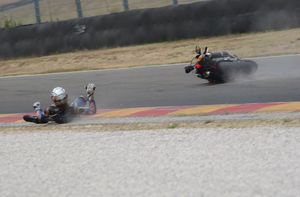







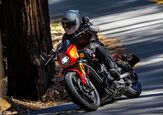
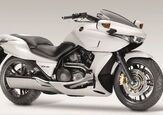
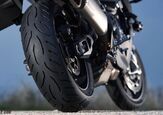
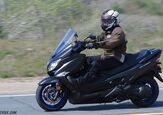
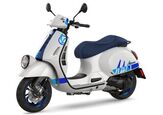
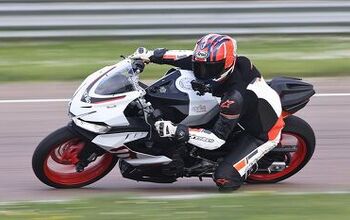

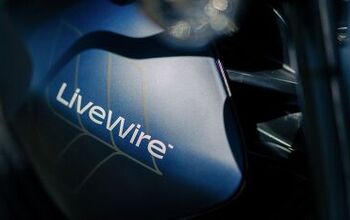

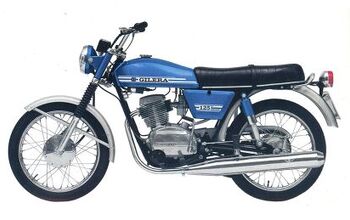
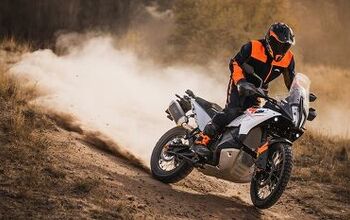
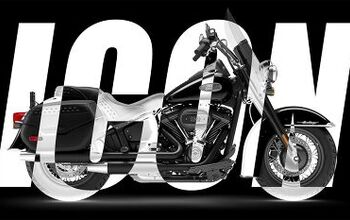
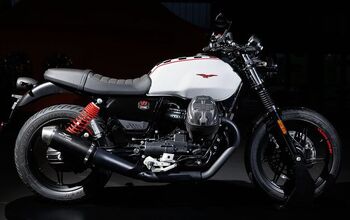
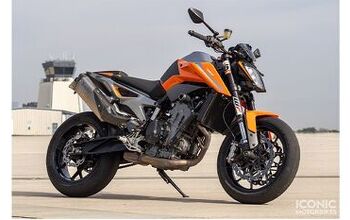
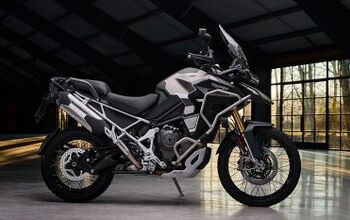

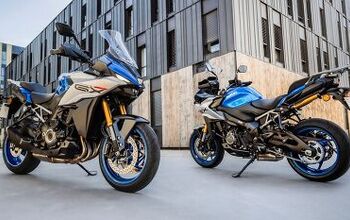
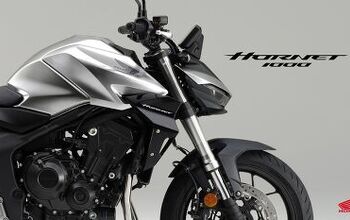
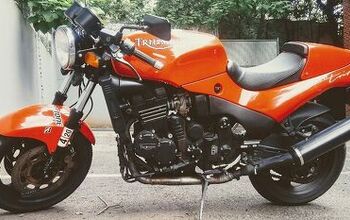
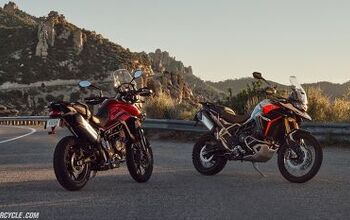
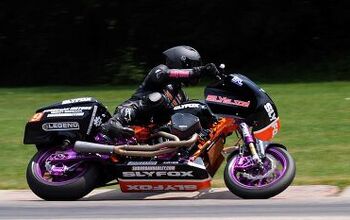

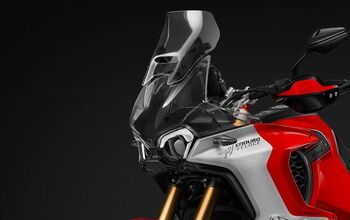
Comments
Join the conversation